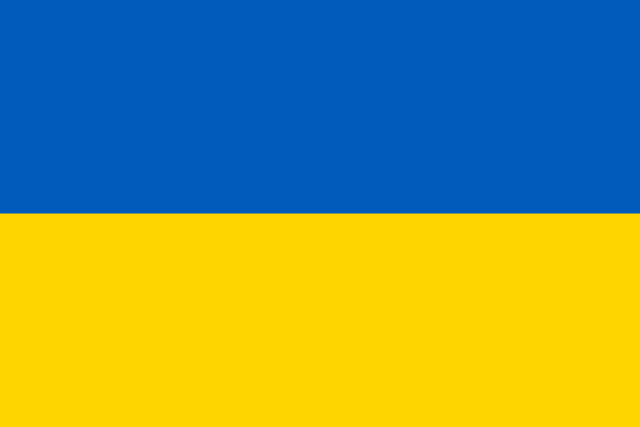

If you liked what you've learned so far, dive in!
Subscribe to get access to this tutorial plus
video, code and script downloads.
We're using the built-in PHP web server, and it's awesome for development. But it only handles one request at a time, so unless you only ever want 1 visitor, we're going to need something different.
To see how this might look, we'll invent a fake domain - events.l - and set it up to point to our project. I'll use Apache, though it's more and more common to use Nginx with PHP-FPM, because they're lightning fast. But all the ideas are the same and we have a page on the official Symfony documentation with some more details.
Step 1 is to modify the Apache configuration to create a new VirtualHost.
I would love to tell you where this lives, but this is one of those files
that hides in different places on each system setup. I use Apache via MacPorts,
so my virtual hosts live in the /opt directory.
Tip
In Ubuntu, it lives in /etc/apache2/sites-available and each has
its own file that needs to be activated. See HTTPD Configuration.
The configuration we need is simple:
<VirtualHost *:80>
ServerName events.l
DocumentRoot "/Users/leanna/Sites/starwarsevents/web"
<Directory "/Users/leanna/Sites/starwarsevents/web">
AllowOverride All
</Directory>
</VirtualHost>Make sure the DocumentRoot points to the web directory of the project
so that only files inside it are accessible via your browser. Oh, and the
AllowOverride All tells Apache that it's ok to use the .htaccess file
in the web/ directory.
Tip
For more information, or to see Nginx configuration, see Configuring a Web Server.
Now, restart Apache. Yep, this command also varies across systems:
sudo /opt/local/apache2/bin/apachectl restart
Tip
In Ubuntu, the command is:
sudo service apache2 restart
Finally, we need to add a hosts entry to /etc/hosts:
# /etc/hosts
# ...
127.0.0.1 events.lThis points events.l right back at our local computer. And this file
is always at the same location... except for windows.
We have a VirtualHost and the hosts entry, so let's go to http://events.l/app_dev.php.
You may get a permissions error, and if you do, just chmod 777 your cache
and logs directories for now. But longer-term, go back to the installation
chapter for details on how to fix this.
The 404 error is fine, because we don't have a homepage yet. Add the path to
the page we've been working on after app_dev.php to see it:
Let's talk more about that app_dev.php script that's always in our URL.
A stock Symfony app has two different "modes" called "environments". When
you hit app_dev.php, you're running your app in the dev environment.
This shows us big descriptive errors, automatically rebuilds the cache, and
makes the web debug toolbar popup. It's our debugging hero.
The other environment is prod and it kicks butt by being fast and by
turning off debugging tools. To run the app in the prod environment,
switch the URL from app_dev.php to app.php:
What!? 404 page! Outrageous!
We can't see the error, but we can tail the prod log file:
tail app/logs/prod.log
Hmm, no route found. Ah, of course! Symfony compiles all of its configuration
into cache files. So if we change a routing.yml file, the cache needs
to be rebuilt. The dev environment does that for us, but for speed reasons,
prod doesn't.
To do this, find our friend console and run the cache:clear command with
a --env=prod option.
php app/console cache:clear --env=prod --no-debug
The means we're clearing the cache for the prod environment.
Tip
If you haven't properly fixed your permissions <ep1-install-permissions> yet, you'll need to
sudo chmod -R 777 app/cache after this command.
Refresh the page to see your functional page in the prod environment:
Awesome! But I thought we had put app.php in the URL. Where did it go?
Our project came with a web/.htaccess file that have 2 pieces of goodness
in it.
First, it has a rewrite rule that sends all requests through app.php, which
means we don't need to have it in our URL.
# web/.htaccess
# ...
# If the requested filename exists, simply serve it.
# We only want to let Apache serve files and not directories.
RewriteCond %{REQUEST_FILENAME} -f
RewriteRule .? - [L]
# Rewrite all other queries to the front controller.
RewriteRule .? %{ENV:BASE}/app.php [L]Awesome, the app.php was ugly anyways.
Second, even if you do put app.php in the URL, it notices that you don't
need this and redirects to remove it:
# web/.htaccess
# ...
# Redirect to URI without front controller to prevent duplicate content
# (with and without `/app.php`).
RewriteCond %{ENV:REDIRECT_STATUS} ^$
RewriteRule ^app\.php(/(.*)|$) %{ENV:BASE}/$2 [R=301,L]The prod environment is only useful after you deploy. So let's get back to the dev
environment so we can see errors.

"Houston: no signs of life"
Start the conversation!
// composer.json
{
"require": {
"php": ">=5.3.3",
"symfony/symfony": "~2.4", // v2.4.2
"doctrine/orm": "~2.2,>=2.2.3", // v2.4.2
"doctrine/doctrine-bundle": "~1.2", // v1.2.0
"twig/extensions": "~1.0", // v1.0.1
"symfony/assetic-bundle": "~2.3", // v2.3.0
"symfony/swiftmailer-bundle": "~2.3", // v2.3.5
"symfony/monolog-bundle": "~2.4", // v2.5.0
"sensio/distribution-bundle": "~2.3", // v2.3.4
"sensio/framework-extra-bundle": "~3.0", // v3.0.0
"sensio/generator-bundle": "~2.3", // v2.3.4
"incenteev/composer-parameter-handler": "~2.0", // v2.1.0
"doctrine/doctrine-fixtures-bundle": "~2.2.0" // v2.2.0
}
}